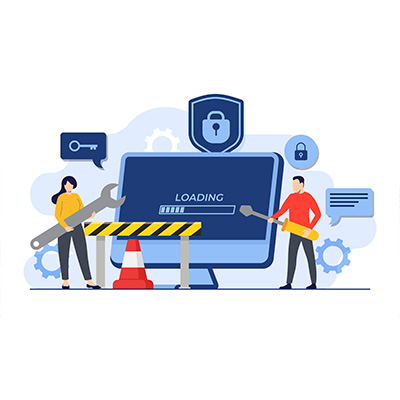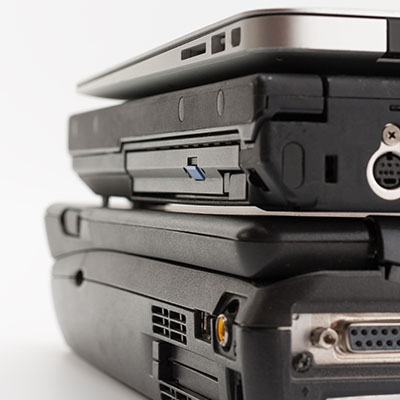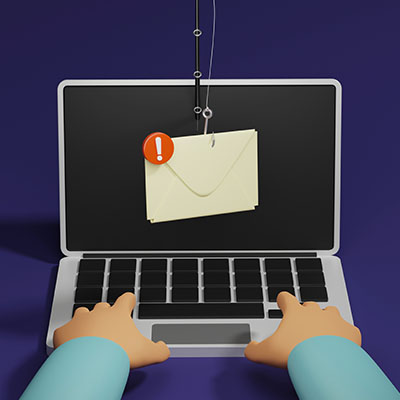It isn’t uncommon for businesses to engage in actions that seem to directly contradict their own best interests. This is called self-sabotage, and it can be a costly and extremely debilitating phenomenon for a business. Let’s go through some of the actions that may be holding your business back, even if you don’t realize it.
Your technology is essential to your business remaining efficient and your employees remaining productive. Unfortunately, this technology will fail at some point. By adopting proactive strategies, businesses can ensure the longevity and smooth functioning of their IT infrastructure. In this blog post, we will explore how proactive management of IT can keep it running longer, resulting in increased efficiency and cost savings.
Your business might depend on technology, but if it’s not managed properly, this dependence can become a detriment. Small businesses in particular must be aware of several challenges specific to their technology infrastructures. Let’s examine three of the most common culprits for your company’s technological troubles and what you can do about them.
In recent years, the Internet of Things (IoT) has emerged as a game-changer across various industries. One way that businesses can utilize these technologies is to understand how their businesses use their utilities as well as automate the control of some of them to cut costs and utilize these resources more efficiently. Let’s look at how businesses are using IoT tools to stabilize utility costs.
Businesses that don’t leverage managed services for their technology infrastructure are leaving a lot of money on the table, but it’s not always easy to see until you break down what the solutions really do for you. In isolation, they might not seem valuable, but when combined, they save your business significant amounts of capital.
In business, organizations that are able to automate processes have a leg up on organizations that rely on humans to do everything. Not only does it cost a lot less to run a business that has automated processes, it also helps improve organizational focus and efficiency by streamlining processes and removing the moving parts that can sometimes hinder operational progress. That’s not to say that there aren’t some places that a business can greatly benefit from a human touch. Let’s take a look at both sides of the argument.
Without hardware, where would your business be right now? You can’t run your mission-critical applications and software without devices to host them on. You need to do all you can to ensure it stays in a proper state, but there will always eventually come a time when you cannot sustain it any longer and need to upgrade. Here’s what you need to know about your hardware refresh cycle, including what it is, what you can do with one, and how to plan it out.
Phishing attacks are the most common attack vector used by hackers, and while it helps to know what a phishing attack looks like, it’s also good to know what they don’t look like. The latest example of a phishing attack takes this to an extreme, utilizing blank messages to confuse recipients in a creative take on phishing attacks.
Android users, you might have noticed that your applications drawer can get cluttered pretty quickly. If you find it difficult to navigate or find the apps you are looking for, then you’ll be relieved to know that you have a couple simple options available to help your navigation be more manageable. You can even go to specific screens within your applications.
If you have never imagined your business in the crosshairs of enemy hackers, you could be in for a rude awakening. Unauthorized access to important business data could be enough to bring your business’ operations grinding to a halt, among other consequences. You need to focus your efforts on security, including protecting your infrastructure and ensuring its redundancy through data backup systems.










